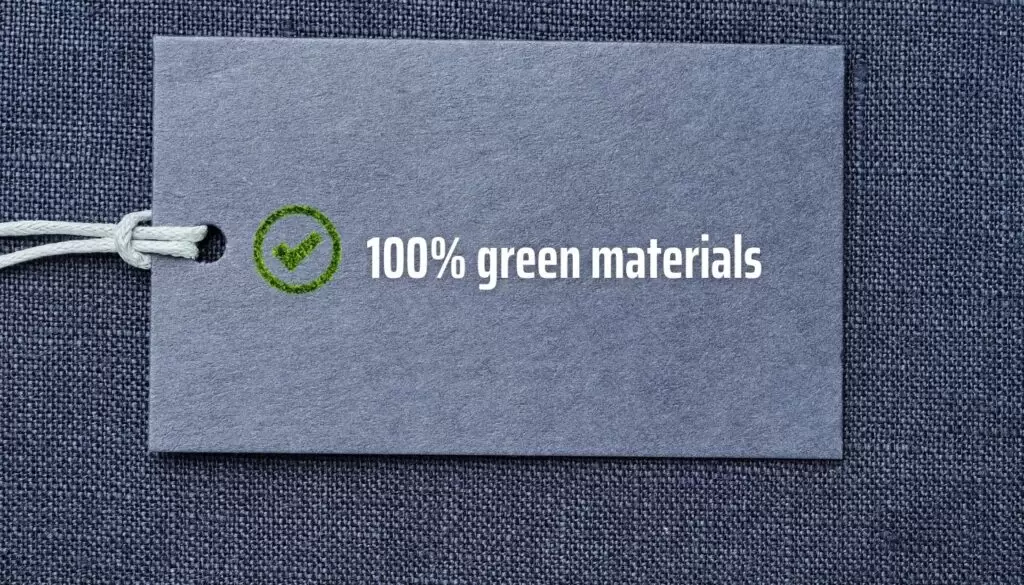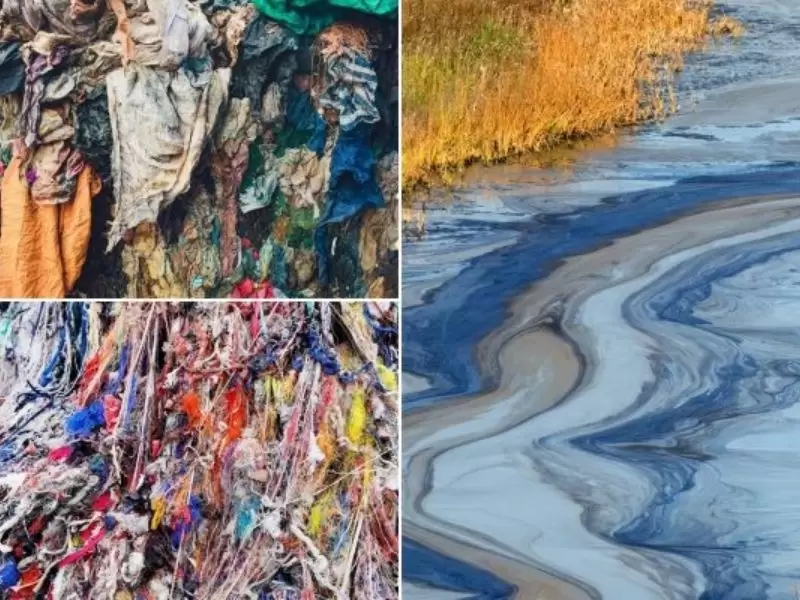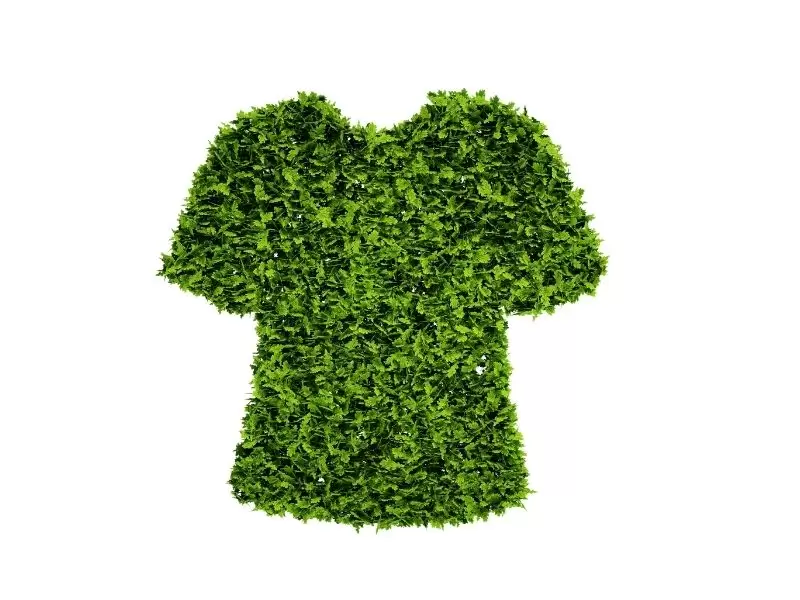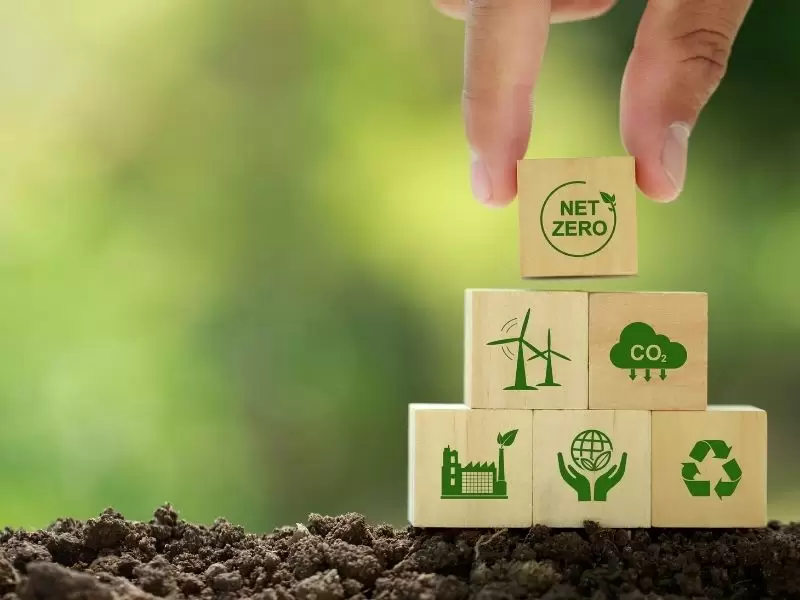
Today, fossil energy is gradually depleting and becoming scarce, disrupting the production process of many industries including the textile industry. Let’s solve this painful problem with Zero Waste with a green energy solution through the following article.

According to current studies, the textile industry is accounting for 11% of the total energy demand in industrial sectors. Emissions of about 5 million tons of CO2, this is considered the industry group with the most negative impact on the environment, only after the cement and steel manufacturing industry. Because of the large amount of emissions that pollute the environment in the production process, the textile industry is forced to take measures to convert to green energy to reduce emissions.
In 2018, the Vietnam Textile and Apparel Association (VITAS), in collaboration with WWF-Vietnam International, set out a green energy project plan for the textile industry – reducing energy consumption by 15% and consuming 20%. country by 2023. At the same time, transforming the ‘greening’ of Vietnam’s textile and garment industry, building a brand of ‘sustainably produced textiles in Vietnam’.
"Go Green" - A new trend for enterprises in the textile industry

“Go Green” in the textile industry
According to the World Wide Fund for Nature (WWF), ‘Going green’ means that the industry will work towards efficient use of resources and reduction of waste; radically improve recyclability by design modification, recovery and remanufacturing; towards the use of renewable raw materials and fuels, and environmentally friendly green energy.
The reason why businesses must convert to green production

Greening Vietnam’s textile and garment industry is not only a matter of technology, transition to renewable energy but also a work that requires a balance between three factors: Environment – Economy – Society (WWF-Vietnam).
- On the environment: Greening the textile industry will reduce the negative impact of businesses on the environment, especially in terms of water consumption and wastewater discharge.
- Economic: “Green” textile manufacturers will attract stable orders at reasonable prices. In addition, businesses can save production costs by reducing energy, water and chemical consumption, and reducing waste treatment costs.
- Social: Community and consumer awareness of environmental issues is increasing, with 86% of Vietnamese consumers willing to pay more than 10% for sustainable and eco-friendly products (Nielsen).
So, in order to achieve the goal of ‘greening’ the production chain, the textile and garment industry needs a solution on using green energy efficiently, minimizing emissions and forming a sustainable supply chain.
Saturated Steam - Green energy solution for textile industry from Vietnam Zero Waste
Steam or saturated steam is a potential green energy source used in the production process of the textile industry for yarn production, fabric dyeing, pattern printing, drying, ironing,… Generated from Fluidized bed boiler technology, one of the leading technologies in Vietnam, Zero Waste with Biomass, saturated steam, is currently a clean energy solution that the energy market is focusing on. The following is a typical project of an enterprise in the textile and garment industry in Vietnam that has ‘green’ the production chain with the service of supplying saturated steam from Zero Waste.
Typical Project

Viet Thai Tech is a fabric factory under the management of Viet Tien Garment Corporation (VTEC) – the most famous fashion brand in Vietnam. In March 2022, Viet Thai Tech and Vietnam Zero Waste signed a contract for the project of Supplying Saturated Steam with a boiler capacity of 8 tons/hour.
This can be considered a turning point in the green production cycle for Viet Thai Tech when replacing coal and oil boilers with biomass fired boilers – an effective clean energy solution at Zero Waste. The project will start operating in July 2022, promising to bring positive values not only to Viet Thai Tech but also to help Vietnam’s textile and garment industry achieve the goal of ‘greening’.
For more information about the project, please access:
- Website: www.vietnamzerowaste.vn
- Facebook: Việt Nam Zero Waste
- Linkedin: Vietnam Zero Waste.



